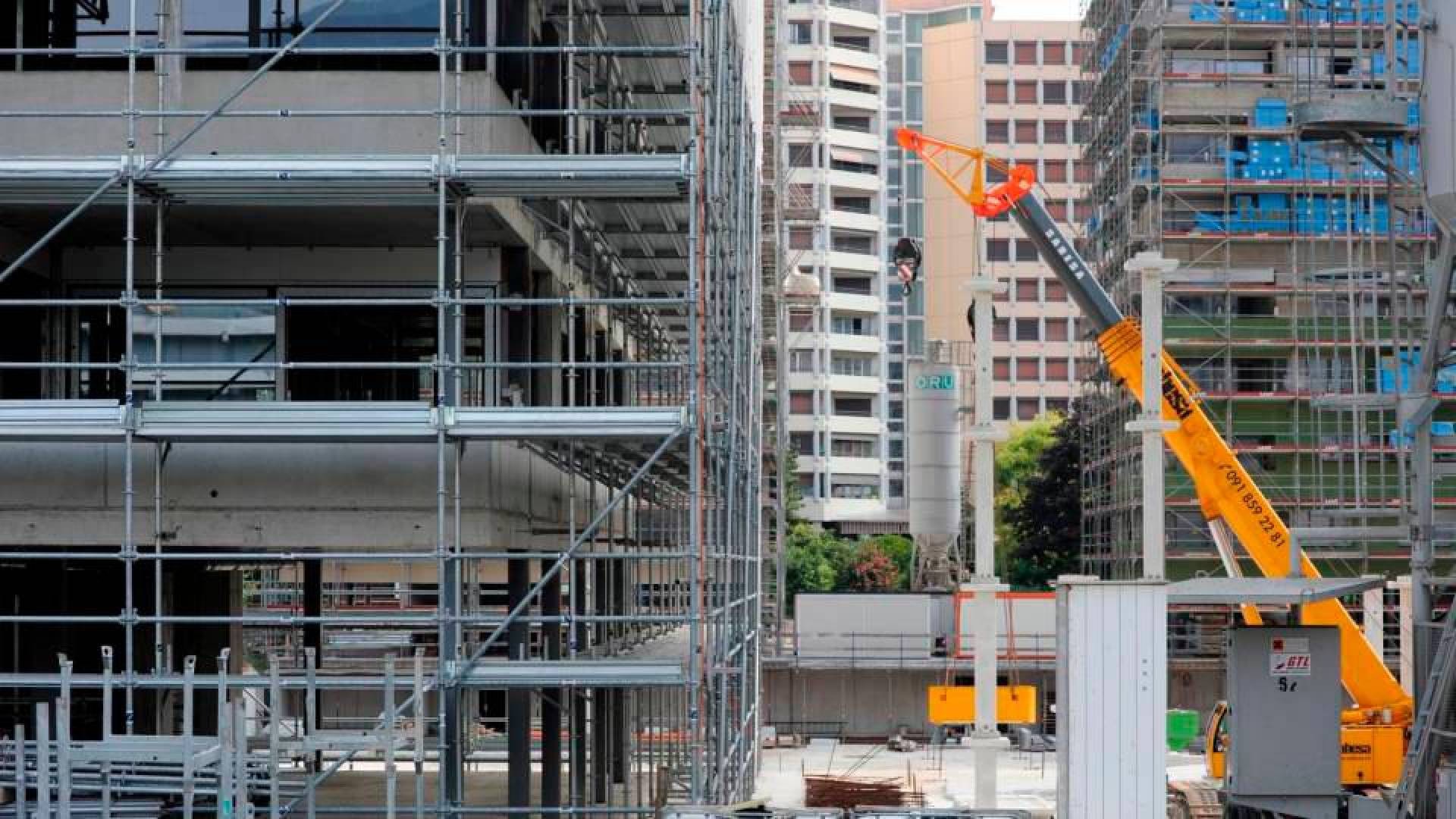The risk of a real estate bubble is growing in Switzerland

The risk of a real estate bubble in Switzerland is growing: the relevant index calculated by UBS experts amounted to 1.90 points in the second quarter of 2021, compared to 1.78 points in the previous three months. The sharp rise in house prices is weighing heavily. But in Ticino, there is a threat of not being able to secure buyers.
The UBS Swiss Real Estate Bubble Index - this the name of the index - therefore remains in the threat zone ( which is between 1 and 2 points), the institute informed in a release today. As of 2 points, there is talk of a bubble. In the opinion of specialists of the banks, the indicator rose due to the increase in the cost of real estate and the accelerated growth of the mortgage market.
As for the first point, housing prices rose in the second quarter by 5.4% in an annual comparison - the most marked progression in eight years. Whereas before the coronavirus crisis it took 6.5 in average annual salaries to buy a home, it now takes 7.1. Access to home ownership is consequently harder today.
With regard to mortgages, volumes are 3% higher than in 2020. Growth rates are not yet record-breaking, but a further increase would clearly be interpreted as a warning sign, writes UBS. The combination of a debt boom and high rates of price progression is a sign of an emerging imbalance.
The experts at UBS also see a danger in the fact that at the same time the market rental offerings have fallen: the contraction amounted to 3.2%, which is the largest drop since 1996. This raises the risk, especially for home buyers who intend to rent out their property.
However, the institute’s economists do not expect the index to rise above the bubble zone in the current year: on the contrary, the indicator is expected to fall to 1.48 in the third quarter and to 1.69 in the 4th part of the year. This estimation is based on the presumably good general economic performance in the second half of the year.
Moving on to a regional view of the situation, UBS underlines three possible dangers: basic risks (house prices are no longer in line with household income and rent levels), affecting districts in the regions of Zurich, Geneva and Basel; risks of overheating (strong increase in demand and sharply rising prices), involving the same areas mentioned above; liquidity risks (too much supply compared to demand, therefore difficulty in selling), which involve nine Swiss regions, of a total of four in Ticino. Basically all the Italian-speaking canton, with the exception of Bellinzona, shows the risk in question. Graubünden, on the other hand, appears completely untouched in the UBS map.